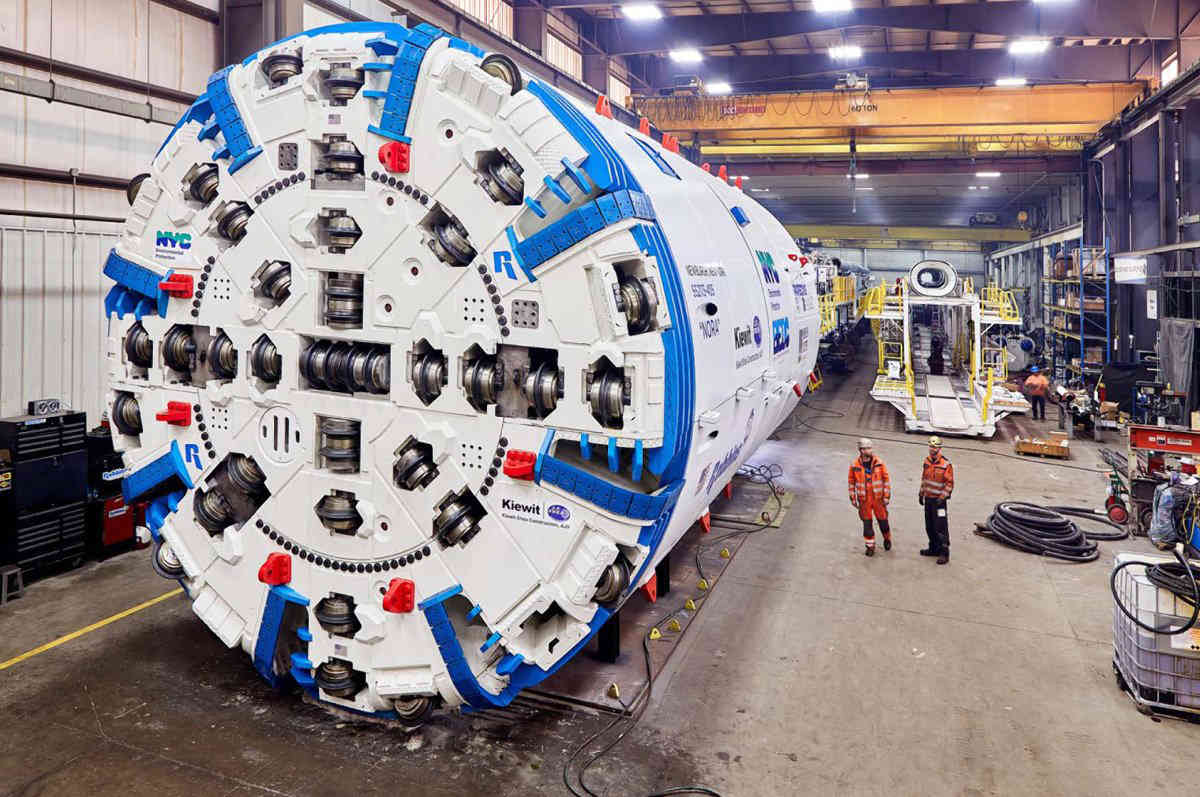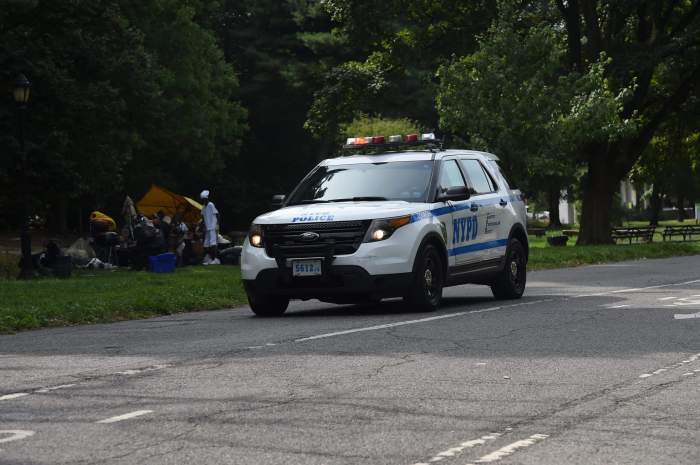The city may flush millions of taxpayer dollars down the toilet if it moves forward with scrapping a long in-the-works plan to bury two massive sewage tanks beneath land along the Gowanus Canal, and instead build a giant underground tunnel to collect storm-water runoff in the cisterns’ place.
Officials already spent roughly $30 million on design work for the water-storage vessels — infrastructure required as part of the Superfund site’s federally led cleanup — since announcing they planned to install them back in 2013. But a chunk of that change could go down the drain if the city now chooses to scrap the tanks for the tunnel first proposed last November, according to a municipal engineer, who couldn’t immediately confirm how much would be wasted.
“About $30 million,” Department of Environmental Protection employee Kevin Clarke said at Tuesday meeting of the local Gowanus Community Advisory Group. “I’d have to go back and get you a more accurate number, but it’s in that order.”
Council in April signed off on the use of eminent domain to seize neighboring Butler and Nevins street lots along the canal where the city may still bury the larger, eight-million-gallon tank, which would go beneath a new filtration facility called a headhouse and open-air public space adjacent to it.
But if officials decide to nix the cisterns, they would instead dig some 125–150 feet below ground and bore a long tunnel along the path of the canal, with one end beneath the headhouse and the other beneath city-owned land at Fifth Street and Second Avenue, where the Environmental Protection Department leaders may still bury the smaller, four-million gallon tank.
The tunnel would operate similarly to the tanks, by collecting storm-water and liquid-waste from local pipes — after that wet stuff is filtered through the headhouse — which would otherwise flood the canal during heavy rains.
But it could hold at least 16-million gallons — four more than the tanks would accommodate — and could easily be extended further to collect even more of the filth, according to Clarke, who said the city may extend the chute down Second Avenue or further along the path of the canal.
“There are several alternatives to extend the tunnel further south down Second Avenue, or making a turn continuing to follow the alignment of the canal,” he said. “It provides additional volume, and an additional storm-water outlet.”
And the late-breaking change in plans would provide benefits to the community beyond its increased storage capacity, including less construction, and creating more room for the public space planned for next to the headhouse, Clarke said.
“Benefits of the tunnel are it increases storage capacity, it’s easier to construct, there’s less destruction impact,” he said. “We do believe the headhouse associated with the tunnel would be about the same size, but there will no longer be below-ground facilities beneath the public space, and so we can be more flexible with the design.”
Plus, the costs for the two projects are comparable, according to the city engineer, who said the total cost for the tank scheme is just shy of $1.2 billion, with the tunnel’s price tag coming in at $1.25 billion.
And some of the prep work already done on the tanks is applicable should the city move forward with the tunnel, construction of which would not wrap until 2030 — the same year officials expected to finish installing the second tank, according to another Environmental Protection Department rep.
“DEP continues work on parallel tracks — already meeting every milestone towards construction of the tanks while we have initiated detailed planning for the tunnel. Much of the work done to date for the tanks will be directly transferable,” the rep said.
But some locals wondered if the job couldn’t be sped up if officials are going to spend the extra cash to change course.
“2030 to me is a little scary,” said Jerry Armer, who represents civic group the Cobble Hill Association on the Gowanus Community Advisory Group.
Other residents, however, applauded the city’s about-face with the massive project — which is not dissimilar to Gov. Cuomo’s decision to call off the long-promised partial L-train shutdown that many locals uprooted their lives to avoid three months before its planned start date.
Those Gowanusaurs praised the city for anticipating the need for lasting storm-resiliency infrastructure as water levels continue to rise at the same time that Gowanus is poised for a residential upzoning, and for looking at ways to create more open space in the neighborhood. Still, some questioned officials’ motive for pivoting on the project so late in the game, especially after they seized the land for the headhouse and adjacent public space above where the larger tank would be buried.
“I appreciate there is more space,” said Andrea Parker, who leads the Gowanus Canal Conservancy. “I think there’s definitely some sentiment that there’s an ulterior motive here in announcing this right after the eminent domain. Essentially, the city is trying to sell off this valuable land.”
But Clarke assured that the land will only be used to create the much-needed open space.
“I would never want to give up that property,” he said. “Sometime in the future we’re going have to upgrade the facility — we need the property to support that construction.”
The federal Environmental Protection Agency leaders spearheading the Gowanus Canal cleanse — who must sign off on the tunnel plan — did not attend the meeting, and could not respond to requests for comment, because they are still out of work and pay due to the longest government shutdown in American history.





















